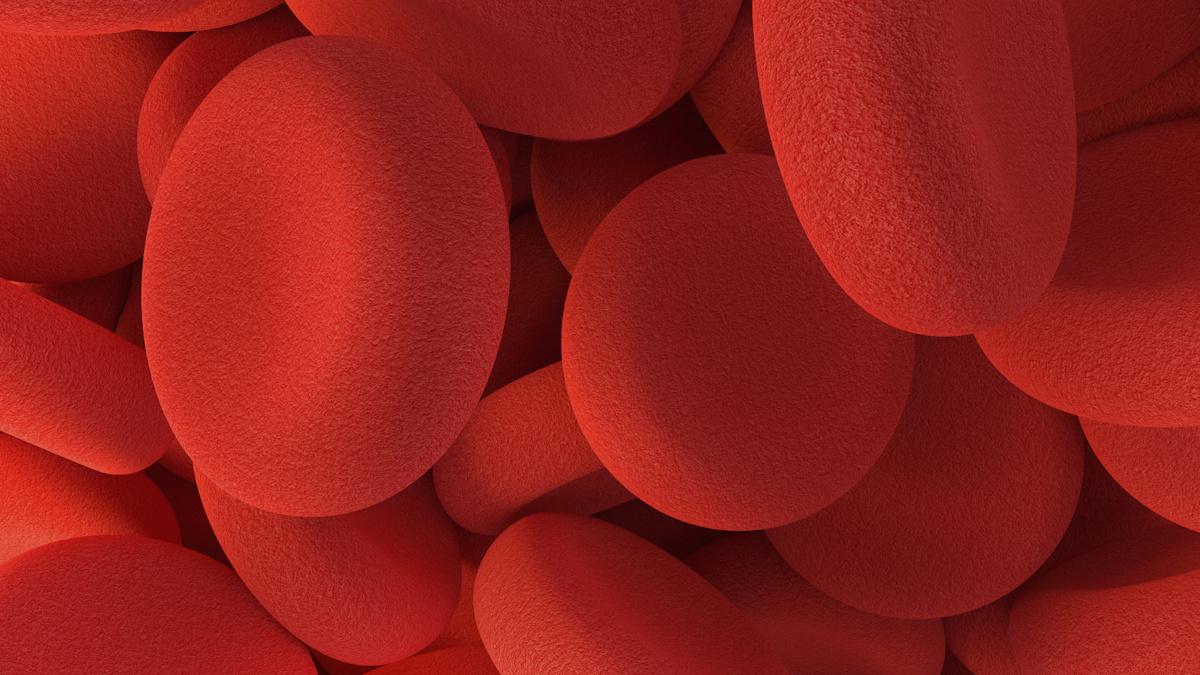Navigating the regulatory pathway with innovative products

Start-ups in the medtech space face many challenges on the way to market, not the least of which is how to prepare for, and comply with, medical device regulations. Here are some points to consider.


Saurabh Gupta (left) and Oindrila Ghoshal
Precision medicine, personalised drug therapy, 3D-printed drugs, artificial intelligence (AI), nanotechnology and clinical trial monitoring using mHealth sensors, are some of the cutting-edge technologies advancing solutions for life-threatening diseases.
However, while hundreds of nascent bioentrepreneurs try to turn their new ideas into businesses every year, fewer than 10% are ultimately successful. Those who do succeed face multiple hurdles along the way, including a lack of scientific research data on public forums due to patent right protection, and a partial understanding of regulatory processes and patterns. Lack of experience in the development stage can mean accurate analysis of processes is not undertaken, which can lead to costly mistakes. Another major challenge is when a drug is in its final stage and ready for the approval process; there may not be enough reliable information on the regulatory pathways to get it approved by the health authorities (HA).
Established pharma companies have an edge over start-ups, with institutional experience and well-established connections that help them determine the right approach to achieve HA consent. This also helps them to market their products in a timely and profitable manner. For a start-up, however, each step involves trial and error, which can cost time and money. Everything needs to be planned precisely.
Companies have to appraise the latest advances, from manual interventions to AI and Cloud, regarding whether they can be used as a platform to integrate bioscience and computation in a medical app technology. Then the resulting devices must undergo a series of integrations, tests, and validations. Good Automated Manufacturing Practice (GAMP), including risk-based classification and design specifications, must be taken into consideration to meet the stringent guidelines of the HA.
A major challenge with these medical apps is the lack of guidance on established regulatory pathways, especially for wearable medical technologies. Innovators wanting to market their products must first review the existing HA regulatory framework for medical devices to determine the correct pathway. The first step is to assess whether or not the wearable product qualifies as a 'device' under the HA definition.
Like all other medical devices, a mobile app is subject to strict regulatory requirements. Applicable regulatory standards typically include compliance to the medical device directive (Directive 92/42/EEC) and the upcoming Medical Device Regulation (MDR), as well as the below standards:
- Software lifecycle: IEC 62304 and IEC82304
- Usability: IEC 62366 and IEC 62366-1
- Risk management: ISO 14971
- IT networks: IEC/TR 80001-1 and IEC/TR 80001-2-x etc.
To an outsider, the medical device space looks full of promise. However, like any other industry, it faces its own challenges and uncertainties, both regulatory and non-regulatory. These include:
Regulatory challenges
- Compliance with the quality system requires significant investment, in terms of resources and time. This is because the regulations for medical devices set forth detailed requirements for the manufacturer and control of medical devices.
- App manufacturers often overlook or pay little attention to the cognitive accessibility aspects of their content and user interfaces. An app that is easily usable by a younger person may be difficult for an older, or differently-abled, person with specific and unique usability needs related to ageing and/or physical and cognitive impairment.
- A wearable product qualifies as a 'device' based on HA guidance. Many wearable technologies are innovative and may be the first of their kind, and the regulatory pathway for these devices may not be straightforward.
- Prior establishment of the intended use of the product and intended user population.
- Establishing clinical trials to ensure 'reasonable assurance' of the device’s safety and effectiveness.
- Wearable medical technology will bring a number of start-ups under the HA’s jurisdiction.
Non-regulatory challenges
- Transformation of mobile computing devices into secure medical gateways
- Rapid pace of technology change
- Interface between device and wearable/apps
- Cloud and AI
- Increase in global diseases and lack of app-based treatment
- Competition from similar device manufacturers.
Despite the challenges, the medical devices sector is set to continue to grow. It has been estimated to reach $342.9 billion by 2021, with a CAGR of 4.6% from 2016 to 2021.
Some actions medical device start-ups need to address are:
- Establish a clear regulatory strategy
- Define and document: product user need; a design and development plan, and design inputs
- Establish a design history file (DHF), which contains all design controls, including user needs, design and development plan, and design inputs etc.
- Establish risk management procedure(s); define and document a risk management plan; identify and document product hazards; document and establish a risk assessment and management file; establish document control/record management procedures
- Establish supplier control procedures, create an approved supplier list and maintain supplier files.
They should also partner with experts in the field to help them find prospective revenue-generating markets, analyse the product pathway, find product intelligence, forecast the market and evaluate competitors.
About the authors:
Saurabh Gupta is a senior consultant – Presales, at regulatory service provider, Freyr. He is experienced in handling RFPs and RFIs. With a comprehensive understanding of technology and lifecycle management, he has a keen interest in tracking updated regulatory guidelines and their implementation pathways.
Oindrila Ghoshal is a consultant - Business Development, at Freyr. She has a major in biotechnology and works with global clients on their regulatory needs, keeping track of new regulations from health authorities.










